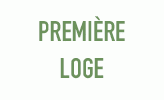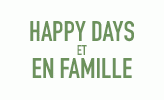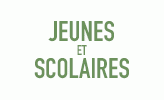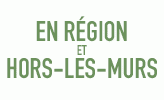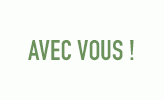Lille Opera
Cor, flûte et harpe
Solistes du Concert d'Astrée Me 10 (18h) jan 2018Introduction
SOLOISTS OF LE CONCERT D’ASTRÉE
Sounds accompany time, and each period has its musical modes. The arrival in France in 1770 of Marie-Antoinette, future Queen and herself harpist, suddenly made the harp fashionable. Considered a chamber instrument, the natural horn, meanwhile, was highly popular in Parisian salons at the start of the 19th century. Its soft refinement and dreamy character blends perfectly with the spirit of the flute and the harp, as demonstrated in this evening carefully crafted by the Soloists of Le Concert d’Astrée.
Cast
Les solistes du Concert d’Astrée
Jocelyn Daubigney, flûte
Virginie Tarrête, harpe
Jeroen Billiet, cor
Henri-Montan Berton (1767-1844)
Mélange d’Airs d’après des mélodies d’opéra pour cor, flûte et harpe
Frédéric Duvernoy (1765-1838)
2e Nocturne en mi b de pour cor et harpe
Jacques-Francois Gallay (1795-1864)
Grand caprice n° 2 pour cor naturel
Jean-Baptiste Krumpholtz:(1745-1790)
Sonate en Fa pour flûte et harpe : Allegro moderato -Romance -Minuetto en rondo
Gaetano Donizetti:(1797-1848)
Sonate en Sol : Larghetto-Allegro
Gioachino Rossini:(1792-1868)
Andante con Variazioni
Joseph Naderman/Jean-Louis Tulou: (1781-1835)
Nocturne pour flûte et harpe : Larghetto sostenuto-Tyrolienne de Guillaume Tell (Andante poco Allegretto)-Rondoletto (Allegro ma non troppo)
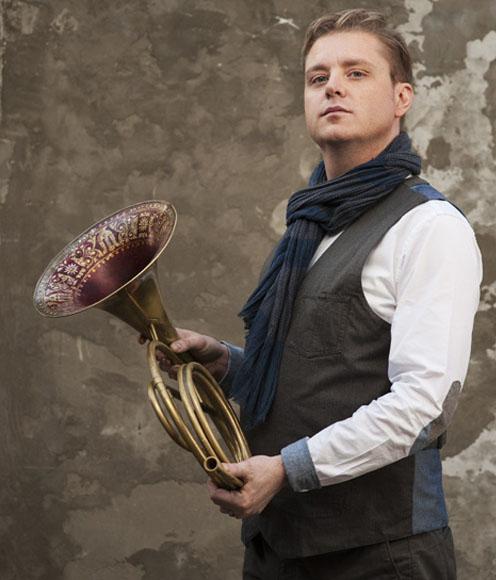
Price
10€ | 8€ (abonnés) | 5€ (étudiants, allocataires RSA/ASPA)
Duration
+/- 1h
| M | T | W | T | F | S | S |
|---|---|---|---|---|---|---|
| 1 | 2 | 3 | 4 | 5 | 6 | 7 |
| 8 | 9 | 10 | 11 | 12 | 13 | 14 |
| 15 | 16 | 17 | 18 | 19 | 20 | 21 |
| 22 | 23 | 24 | 25 | 26 | 27 | 28 |
| 29 | 30 | 31 |







